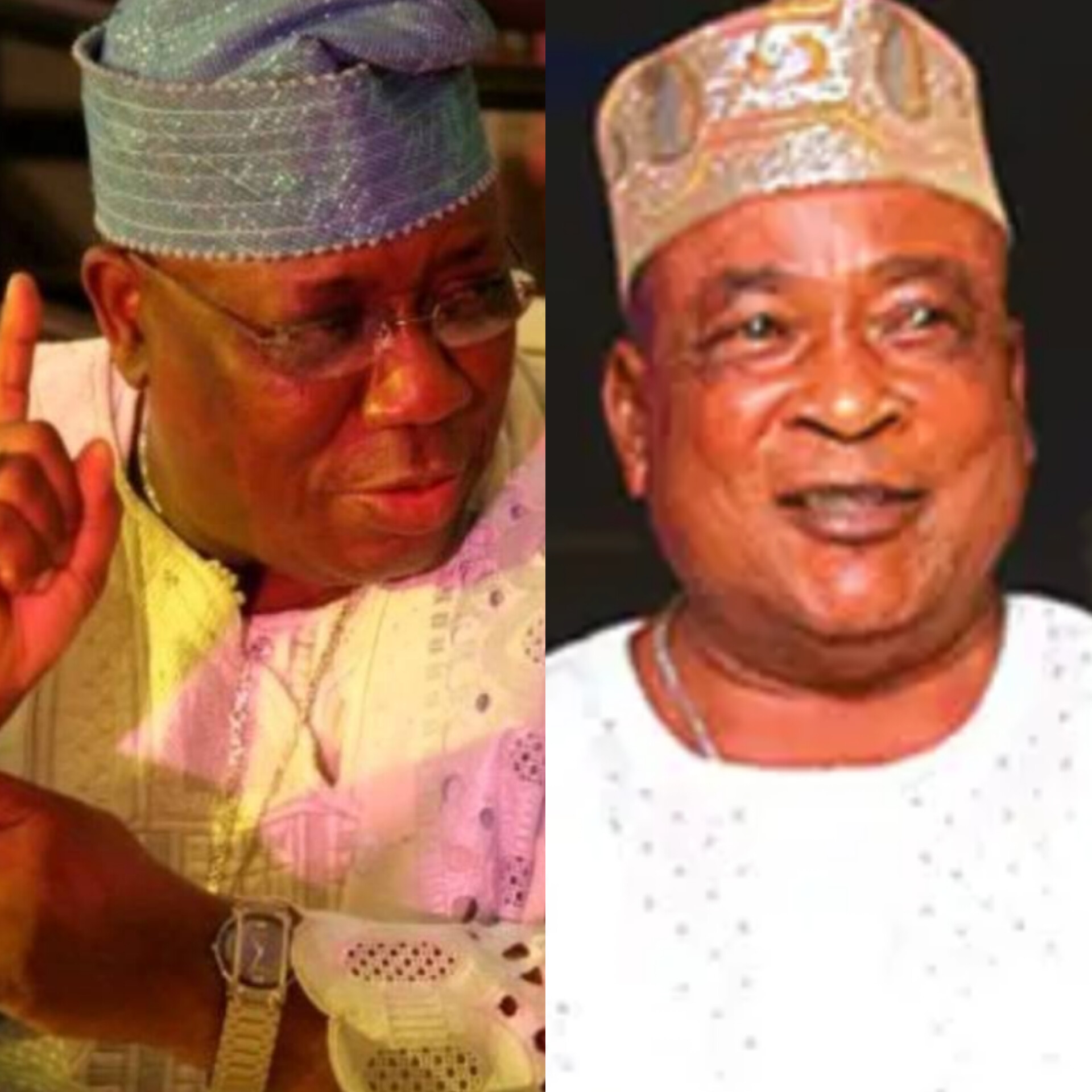
– By Alhaji Arems
Fuji music, a genre deeply rooted in the cultural tapestry of Nigeria, has a rich history that dates back several decades. This article aims to take fans and the general public down memory lane, tracing the origins of Fuji music, its key figures, and the leadership that has shaped its evolution. It’s crucial to acknowledge and celebrate the pioneers who laid the foundation for this vibrant musical genre and correct any misconceptions that have arisen, especially among the younger generation.
The Beginnings of Fuji Music :
Fuji music emerged in the late 1960s and early 1970s, primarily within the Yoruba community of Nigeria. It was an evolution of the were music—a traditional Islamic music genre played during the Ramadan season. Fuji music blended elements of were, apala, and juju music to create a distinctive sound characterized by its energetic percussion, vibrant rhythms, and engaging call-and-response vocals.
The Pioneer : Alhaji Sikiru Ayinde Barrister
The genesis of Fuji music is closely tied to the name Alhaji Sikiru Ayinde Barrister, widely regarded as the creator and undisputed leader of Fuji music. Born on February 9, 1948, Barrister’s innovative approach transformed were music into Fuji, infusing it with modern instrumentation and dynamic stage performances. His impact on Fuji music was profound, as he popularized the genre both within Nigeria and internationally, earning a loyal fanbase that spans generations.
Leadership in Fuji Music: Past and Present :
Following the death of Barrister in 2010, the mantle of leadership within Fuji music has often been a topic of discussion. Alhaji Kollington Ayinla, another prominent figure in the Fuji music scene, is widely acknowledged as the current leader. Kollington, known for his unique style and powerful lyrics, played a significant role in shaping Fuji music alongside Barrister. His contributions to the genre are invaluable, and it is essential to recognize his position and influence within the Fuji community.
Correcting Misconceptions And Honoring Legacy :
In recent times, there has been a growing trend among younger Fuji artists and fans—often referred to as the “Indomie Generation”—to overlook the contributions of foundational figures like Kollington Ayinla. Some have even begun to lay claims to titles and positions that rightfully belong to the pioneers of Fuji music. This publication seeks to correct these misconceptions and ensure that due credit is given where it is deserved.
Kollington Ayinla, as the rightful heir to the leadership of Fuji music, deserves respect and recognition. While it is important to acknowledge the contributions of emerging artists, it should never come at the expense of those who paved the way for Fuji music to flourish. The legacy of pioneers like Barrister and Kollington must be preserved and celebrated, not overshadowed by contemporary claims.
Enlightening The New Generation :
It is imperative for the younger generation to be educated about the history and origins of Fuji music. Understanding the genre’s roots, the sacrifices and innovations of its pioneers, and the cultural significance it holds will foster a greater appreciation and respect for Fuji music. This knowledge will ensure that the legacy of Fuji music remains intact and that its leadership is rightfully honored.
Fuji music is more than just a genre; it is a cultural treasure that embodies the spirit and resilience of the Nigerian people. By acknowledging and celebrating the pioneers who created and shaped Fuji music, we preserve its rich history and ensure that future generations understand and respect its origins. As we look to the future of Fuji music, let us remember the words of Barrister and Kollington, who through their artistry, have left an indelible mark on the world of music.
Late SAB is the authentic Fuji Mi….
_Fuji mi, Fuji mi, the source—let us always remember where it all began._




